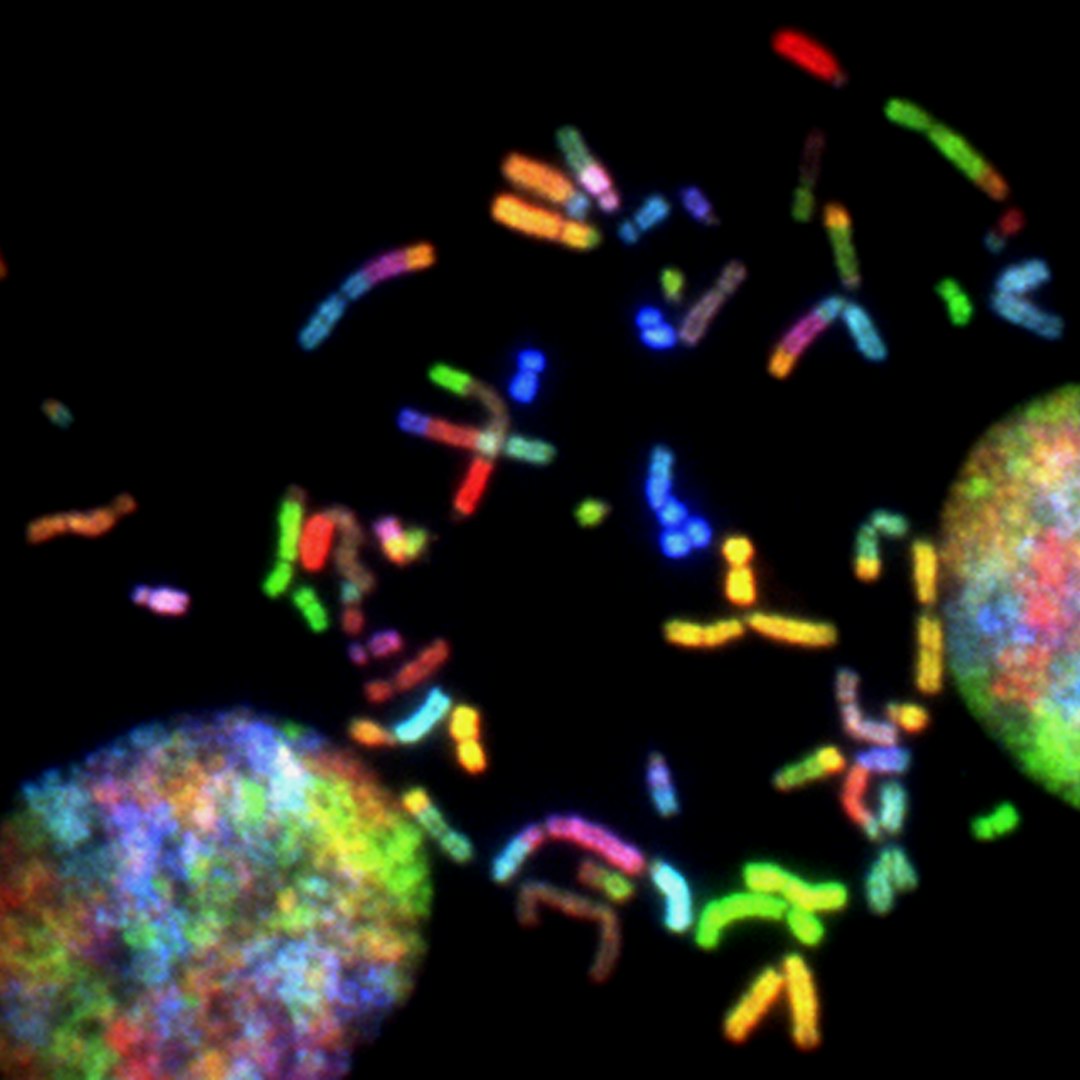How DNA Test Plus Can Aid in Workplace Drug Testing Policies
Title: The Future of Workplace Drug Testing: Embracing Mobile Solutions
In today's rapidly evolving work landscape, the significance of maintaining a safe and productive work environment has never been more prominent. Employers, now more than ever, are placing a premium on ensuring their workplaces remain free from the adverse effects of substance misuse. As a result, the traditional methods of drug testing, primarily urine or saliva tests, rely upon the convenience of sample collection and processing.
However, a new contender has emerged in the realm of workplace drug testing Mobile Drug Testing. This innovative approach represents a paradigm shift, challenging the status quo of conventional testing methods. Mobile Drug Testing leverages the power of technology and offers the promise of rapid result delivery, making it a game-changer in demand for safer and more productive workplaces.

The Traditional vs. The Innovative: A Shift in Workplace Drug Testing
For decades, employers have trusted urine and saliva tests for their ease of use and practicality. These methods have undoubtedly served their purpose, but they do have limitations. The time it takes to collect samples and send them off for processing can sometimes lead to delays in obtaining crucial results. In today's fast-paced world, where every moment counts, this could mean the difference between preventing a workplace accident or dealing with its aftermath.
This is where Mobile Drug Testing steps in. Harnessing cutting-edge technology, it streamlines the entire testing process, offering results in a fraction of the time it takes for traditional methods. This rapid turnaround time not only enhances safety but also reduces the stress and anxiety that can surround drug testing for both employers and employees.
Benefits of Mobile Drug Testing & Drug Abuse Education in Workplace Policies
Integrating education awareness programs throughout the year into workplace drug testing policies requires careful consideration.
Speed and Efficiency: Mobile Drug Testing is designed for efficiency. With on-site testing capabilities, results are available within minutes, allowing employers to take swift action if necessary. This rapid response can significantly reduce the risk of drug-related incidents in the workplace.
Convenience: Gone are the days of scheduling appointments and sending employees off-site for testing. Mobile Drug Testing brings the laboratory to your workplace, eliminating downtime and minimizing disruptions to your daily operations.
The Mobile Drug Testing technology is advanced, guaranteeing precise and trustworthy results. Employers can have confidence in the accuracy of the information they receive, which is vital when making important decisions about employee safety.
Privacy: Mobile Drug Testing also prioritizes employee privacy. With on-site testing, the process is discreet, reducing the discomfort that can sometimes be associated with traditional testing methods.

nd planning. Here are some steps to follow:
1. Consult with Legal Professionals
Before implementing DNA testing, it is crucial to consult with legal professionals to ensure compliance with local laws and regulations. They can provide guidance on privacy concerns and the appropriate use of DNA testing in the workplace.
2. Communicate with Employees
Transparency is key when introducing DNA testing. Clearly communicate the reasons behind implementing DNA testing in the workplace and address any concerns or questions employees may have. This will help foster trust and cooperation.

3. Establish Clear Policies and Procedures
Develop comprehensive policies and procedures that outline how DNA testing will be conducted, the consequences of a positive test result, and the rights of employees in the testing process. Ensure that these policies are easily accessible to all employees.
Conclusion
DNA testing offers a more accurate and comprehensive approach to workplace drug testing policies. By incorporating mobile DNA testing, employers can better identify drug use patterns, detect synthetic drugs, and create a safer work environment. However, it is essential to implement DNA testing in a transparent and legally compliant manner, with clear policies and procedures in place.